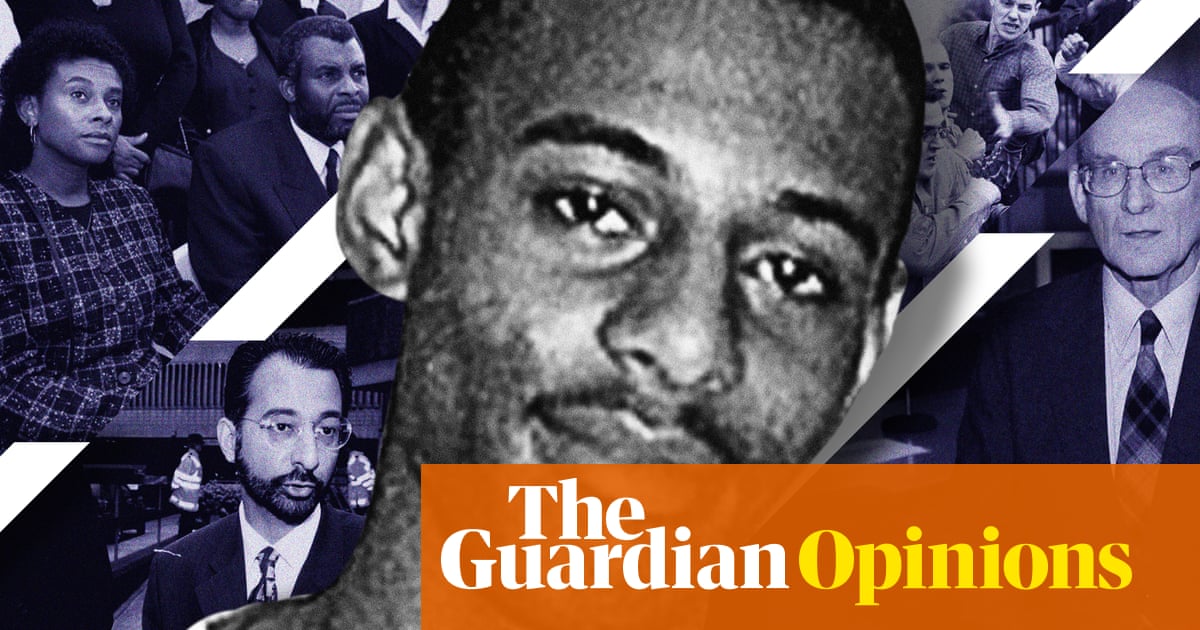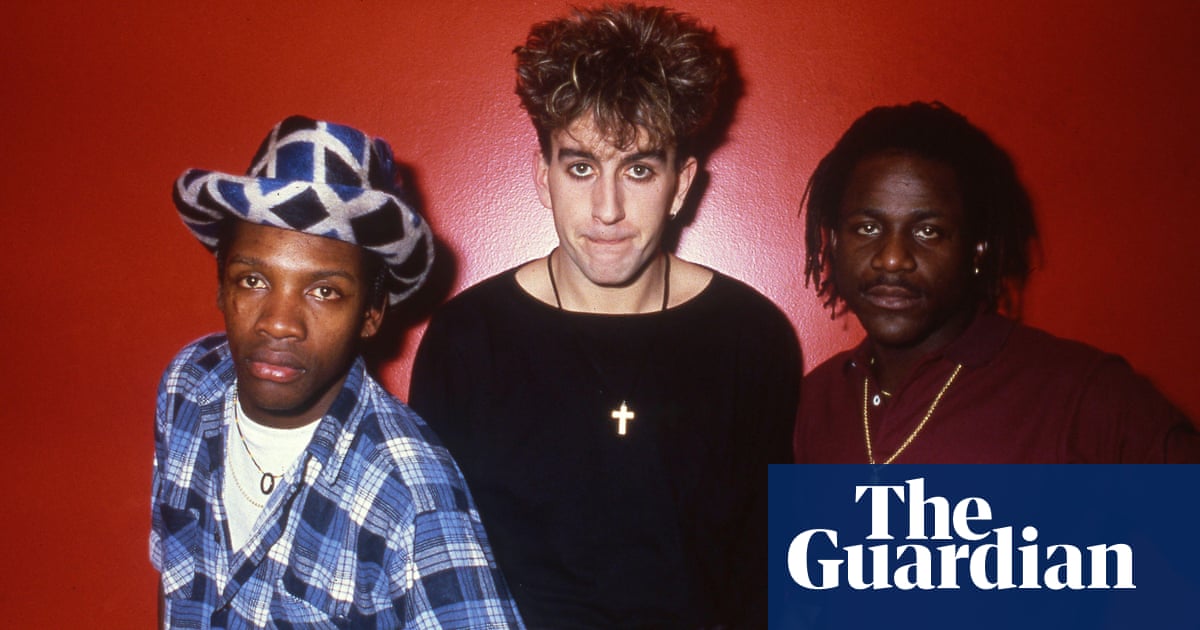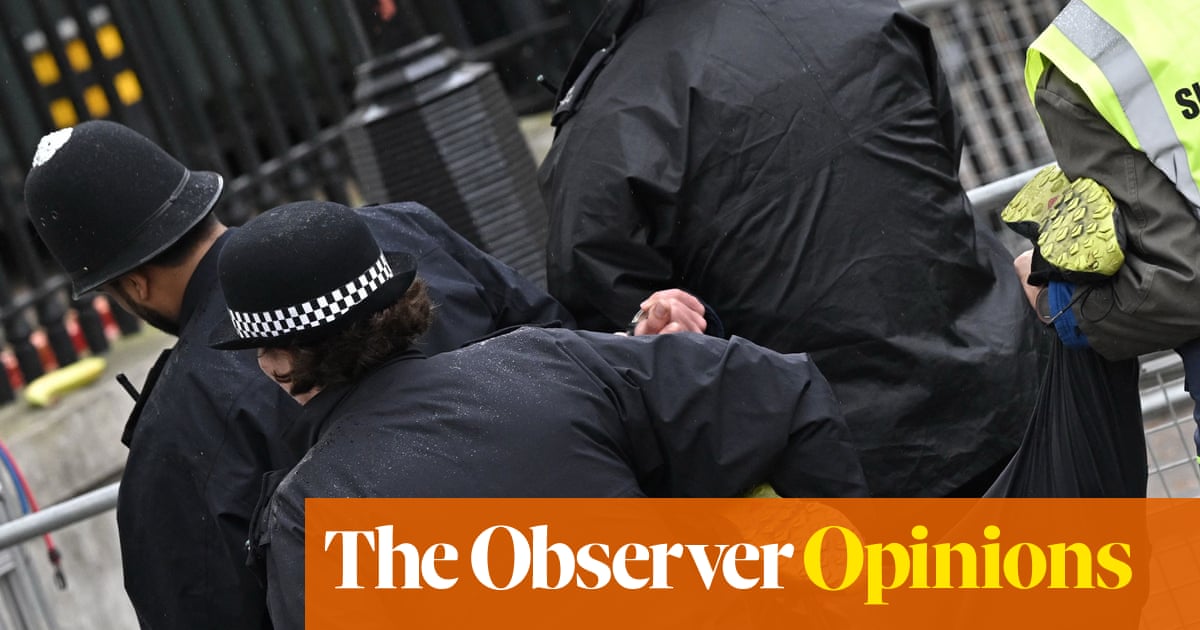
he Yorkshire Ripper has become a bogeyman. Peter Sutcliffe’s death last month appeared to mark the moment when the case receded into the past, his murders remembered by a dwindling number of people. But it should not be consigned to history, because the errors made by the police in that flawed investigation are being repeated to this day.
Forty years after Sutcliffe’s final murder, violence against women is at epidemic levels. Rape convictions have declined to the point where some argue it has been decriminalised, a failure that is encouraging serial predators. Sutcliffe was not a rapist but he was a misogynist, and the criminal justice system is hardly better now at identifying and convicting such men.
The police have always had a poor understanding of what drives violence against women. A new Netflix series, The Ripper, uses archive footage from the 1970s to show detectives in West Yorkshire insisting that they were looking for a killer who hated “prostitutes”, a word they used repeatedly in interviews. They could not imagine a perpetrator like Sutcliffe who went out at night looking for women on their own, simply because he hated women. And the police didn’t listen to the surviving victims, even when it was acknowledged that they had been attacked by the killer, if those women said something that didn’t fit with the police’s preconceived idea about who they were looking for.
Another new documentary, The Vanishing of Suzy Lamplugh (on Channel 5 tonight at 9pm), shows that lessons from the Yorkshire Ripper inquiry were not learned. Lamplugh was an estate agent in west London, and the disappearance of an attractive, middle-class woman in 1986 prompted huge publicity. This time it was the victim’s mother, Diana Lamplugh, who wasn’t listened to when she suggested the name of a suspect. Diana died in 2011 and her daughter’s body still hasn’t been found. (Full disclosure: having written extensively about Sutcliffe and violence against women, I was interviewed for both the Netflix and Channel 5 films.)
In 1975, police in Leeds insisted that Wilma McCann was the first victim of the man who was to become the country’s most notorious serial killer. Because she was murdered in a red light district, they also assumed that she had connections with prostitution. She did not, but the second woman to die, Emily Jackson, had been selling sex as a desperate measure to deal with a financial crisis. From that moment in January 1976, detectives were convinced they were looking for a 20th-century Jack the Ripper.
They were wrong. Watching film of press conferences in Leeds, Halifax and Bradford, it is hard to avoid the conclusion that it was the police who were obsessed with “prostitutes”. It wasn’t until a review in 1978 that two victims who were attacked before Wilma McCann were included in the case, even though both women had characteristic hammer injuries to the head. Both survived but they had been overlooked because they had nothing to do with the commercial sex industry. The second victim, Olive Smelt, remembered her attacker clearly and insisted he had a local accent. But the police thought she was wrong.
A report commissioned from Her Majesty’s Inspector of Constabulary after Sutcliffe’s conviction in May 1981 emphasised the importance of survivors’ testimony, saying it should have ruled out the Wearside hoaxer who sent a tape to the lead detective claiming responsibility for the murders. Yet some of the most chilling moments in the Netflix films show shoppers being played the tape that led the inquiry so disastrously off course. And that damning HMIC report was kept secret for a quarter of a century.
When Lamplugh disappeared five years after Sutcliffe’s trial ended, her mother realised that the abduction of a sporty young woman had to have been carefully planned, and was unlikely to have been carried out by someone with no previous record. She wanted police to look at a serial rapist called John Cannan, who had been living in a bail hostel in west London. Cannan had been convicted of abducting and raping a woman in Reading, and detectives from Thames Valley told the Lamplugh investigation he was a promising suspect.
The detective in charge of the inquiry wasn’t impressed. Another secret report, not published until two years ago, concluded that “unfortunately the SIO [senior investigating officer] appears to have been prejudiced against this course of action” partly because he thought Diana Lamplugh had suggested it. Cannan’s alibi wasn’t checked and he wasn’t put on an ID parade, even though he resembled photofits created by witnesses.
In 2002, the Metropolitan police took the unusual step of naming Cannan as Lamplugh’s probable killer. By then, he was serving a life sentence for the murder of Shirley Banks, whom he had abducted and killed in Bristol 15 months after Lamplugh disappeared. He has never admitted Lamplugh’s murder, and will be eligible to apply for parole in 2022.
These documentaries may feel like ancient history to some, but not to friends and families of the victims. And they will resonate with thousands of women who report a rape every year, only to be told their accounts are not good enough for a prosecution. Women weren’t believed in the 1970s and they’re still not believed today.
There is a scene in The Ripper when West Yorkshire detectives hold a press conference following Sutcliffe’s arrest in January 1981, beaming and congratulating themselves even though he had been caught by traffic officers from a different force. Thirteen women are dead, numerous children are growing up without mothers – and the police still don’t seem to have learned their lessons. All these years later, the criminal justice system has to do better.
• Joan Smith covered the Yorkshire Ripper murders from 1978 to 1981, and wrote about Peter Sutcliffe in her book Misogynies












